Beautified by Beetles
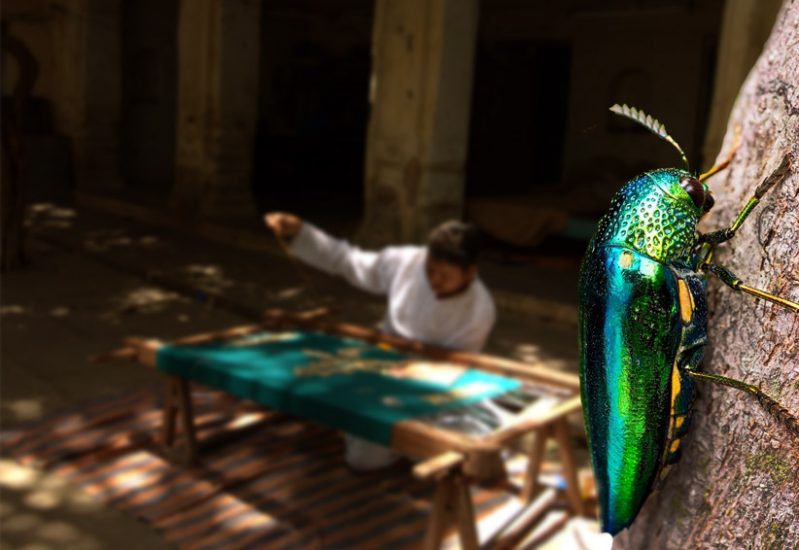
Nalini was born and lived in Lucknow city of India for the first part of her life before her family shifted to London. Her newly found excitement was barely containable within the limits of a space or an activity, this new city had to offer… Though what allures her the most are the outfits worn by people around her… especially the ones carried by the royal families of England and other places. Being an art enthusiast and a costume designer, Nalini has always been fascinated by the extravagance of their wardrobes, be it the dresses, tuxedos, coats, hats and tiaras of the royal family of England… the gota patti Jamas and the jewels of the Mughals of India or the Gold and silver brocade sarees the Ranis of royal courts of India… the lavish jewels, turbans and sherwanis of the Nizams of Hyderabad or the opulent robes made using mulmul and adorned with gold worn by the Nawabs of Awadh.
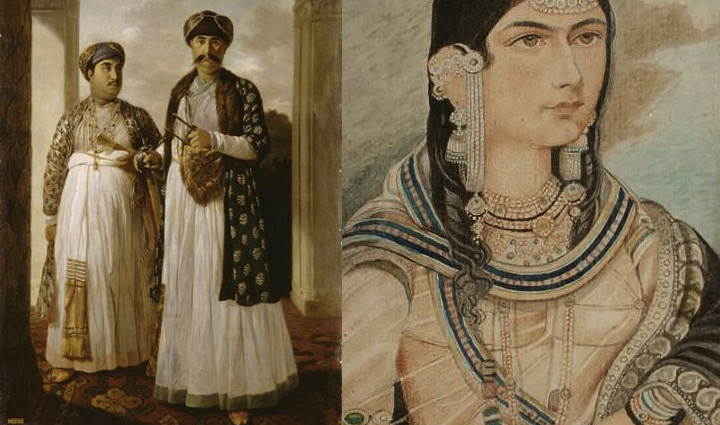
Her love for clothes is not limited to what is currently trending in latest brands and stores but it streams across eras and geographies, taking her frequently to museums, as there she gets a glimpse and feel of the lives of the kings and queens. She is like a kid in a candy store every time she visits a new museum with time capsules of these specimens of fashion of the bygone eras immaculately displayed in show windows. Victoria and Albert museum in London is one such place and whenever Nalini visits it, she feels like Alice in wonderland or Charlie in the chocolate factory for that matter… since the museum is filled with a lot of fascinating and thought provoking artefacts and over a million objects to give her imagination just the kind of fairy-tale she wants to live. These for sure can make anyone walking in feel like a kid again… exactly what she visits the place again and again for!

The collection of paintings, textiles, sculptures, books and various kinds of artefacts in the Victoria and Albert museum is huge. She is fascinated by the fact that most of these are over 5000 years old and their captivating aura takes her to the times when they must have been actually created. The designer inside her takes a deep plunge into the intricacies of their clothes, spreads of textiles, fashionable accessories and their sensibilities of what cutting edge trends at that time must have been. The extravagance with which they thought and the intricacies they splurged on allure her the most. Amongst a vast collection of these, there are pieces showcasing royal Mughal clothing of India. These are some of her favourites, since she belongs to Lucknow; a city whose heritage was hugely influenced by Mughals. In the collection Nalini especially likes a specific over garment known as ‘Jama’, it is an Urdu word for a robe like an upper garment mainly worn by the males of the Mughal court. The structure of the Jama is such that it is fitted tightly around the waist and flares down from there like a skirt. The latter part being really heavy with all the flairs and embroideries. The upper bodice of the garment, mainly has full sleeves covering the whole arm. It is a completely front open garment, with one side wrapping on top of the other, tied using a string. The Jama she is allured by in the museum is made in red muslin.

The gota patti work on the Jama is one of the prominent types of embroideries found in India, done mainly by the artisans of Rajasthan and Uttar Pradesh. The one on the Jama is done using pure silver threads. She recalls how her own wardrobe back home was full of Kurtis and skirts embroidered as such with gota patti work but done using a golden or silver coloured thread (imitation zari OR Gota), making it both affordable and lightweight for today’s time.
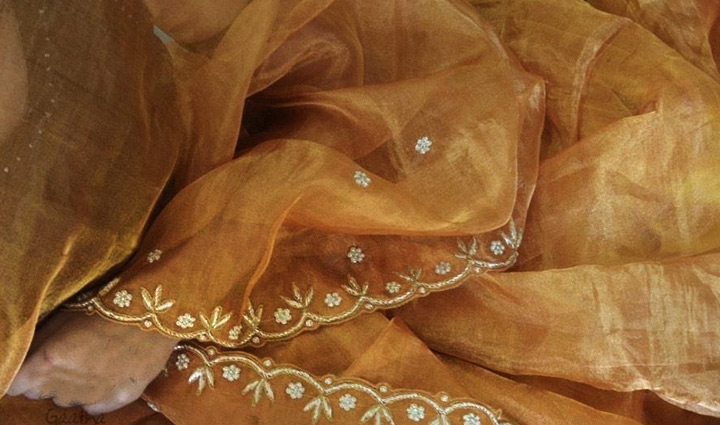
Every time Nalini comes out of the museum, her fascinated head spews out an animated talk about clothing and textiles from the eras just visited, putting an emphasis on how the embellishments used on them gleamed of a grandeur only accessible to us in fairy tales now… and the fact that during those time these embellishments were sourced directly from nature instead of being made artificially like today. Things like precious pearls and gems, pure gold and silver wires, ivory and rare animal fur, feathers and shiny beetle wings were used. In the making of the Jama especially, the gota patti work incorporated a unique kind of sequin made from Elytron or the fore-wing of the Jewel-Beetle that belongs to Buprestidae family.

They are beautiful and have bluish green iridescent tint to them. The fore-wings of these beetles are used since they are harder and durable. They are cut into required shapes of sequin and stuck on the surface to be embroidered… on the torso and sleeves in this case, to create a beautiful flower motif on the chest area or alarge decorative peacock on the shoulders. These sequins are durable and maintain their lustre for ages.
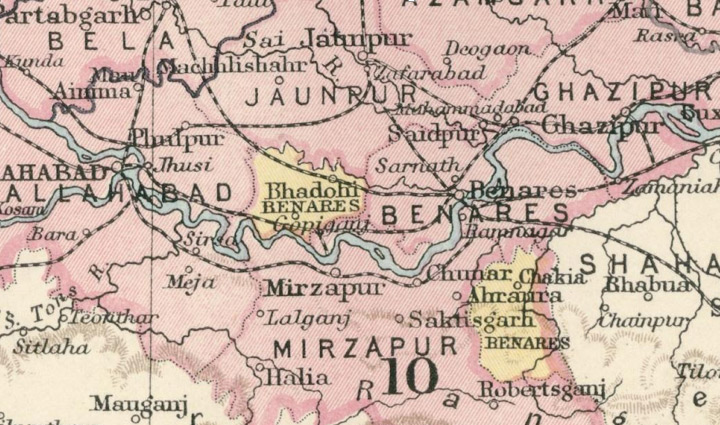
In the 19th century the beetle wings were mainly used in Benares, now Banaras, as they were cheap compared to the other places… they were harvested in abundance from the forest… once they died their fore wings were cut off and made into sequins… the design was then traced on the fabric and it was embroidered using pure gold or silver wires… the same wires were used to sew the sequins on the embroidered surface… Such beetle wing embroideries were also used to adorn the turbans, jewellery and even the paintings of the Mughal era and continued to be used later on in the Victorian times in India. They were so popular at the time that exports of beetle wings to Europe as replacements for precious jewels became a common practice.
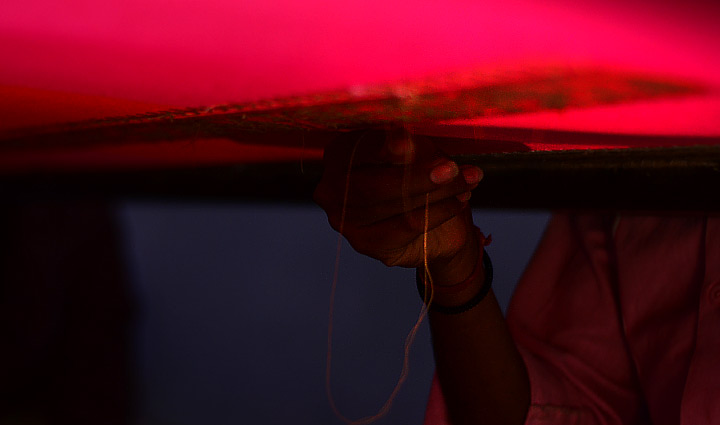
Nalini through her conversations has come to believe that though today’s sequins do not exhibit the opulence of the natural beetle wing sequins and that the royalty of those times was truly regal in having an access to such natural resources in abundance and the painstaking craftsmanship, it is only human and therefore an obvious evolutionary step into the future to not exploit other species on the planet. She is undoubtedly fascinated with what it could have been like to be a costume designer for a royal court, with hundreds and thousands of artisans manifesting her designs with their deft fingers every time she visits these museums… and it usually takes her some time to comes to the reality of the world around her… for her to get normalised again… come back to the times… when cottons, khadi and simple clothing are been accepted as fashion for a reason, when torn jeans are swarming the younger crowd as a voice for those who have been denied basic human rights for long… when standing together in a single voice is ever more important than standing out in a costume… and she swings… swings between her two loves… Regality and Evolution!


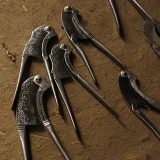








vishal singh
Your blog is like a guiding light, illuminating complex topics with clarity and depth. Thank you for sharing your expertise!